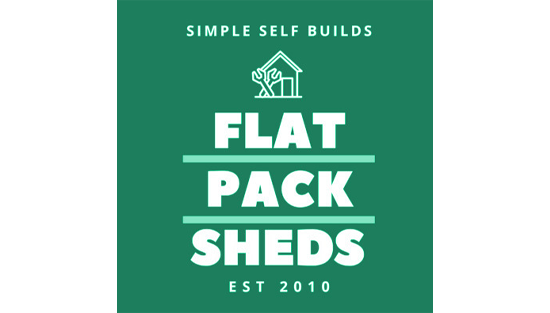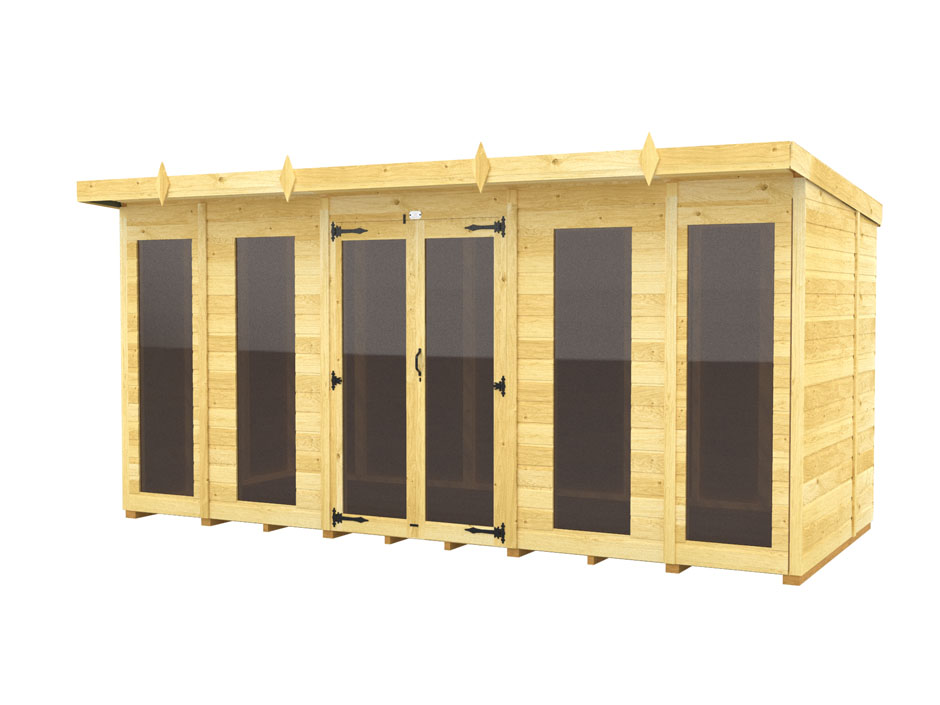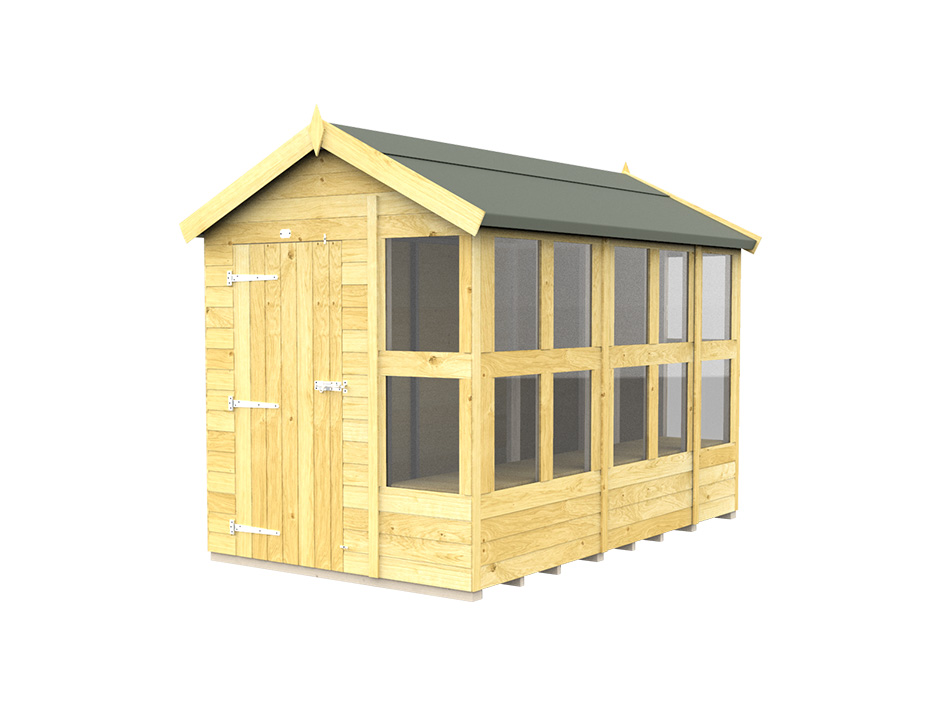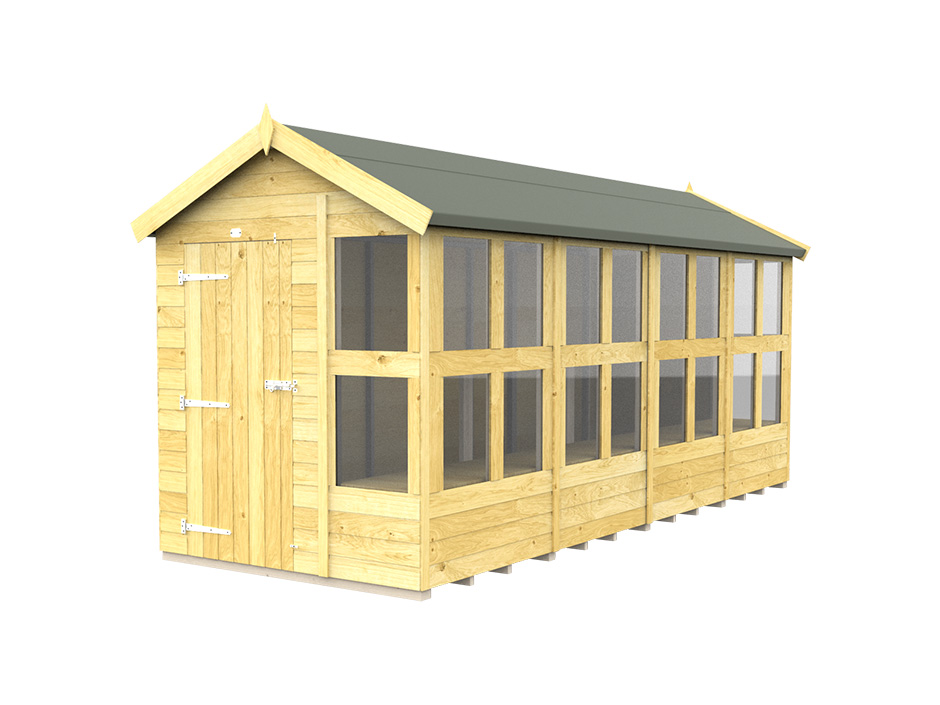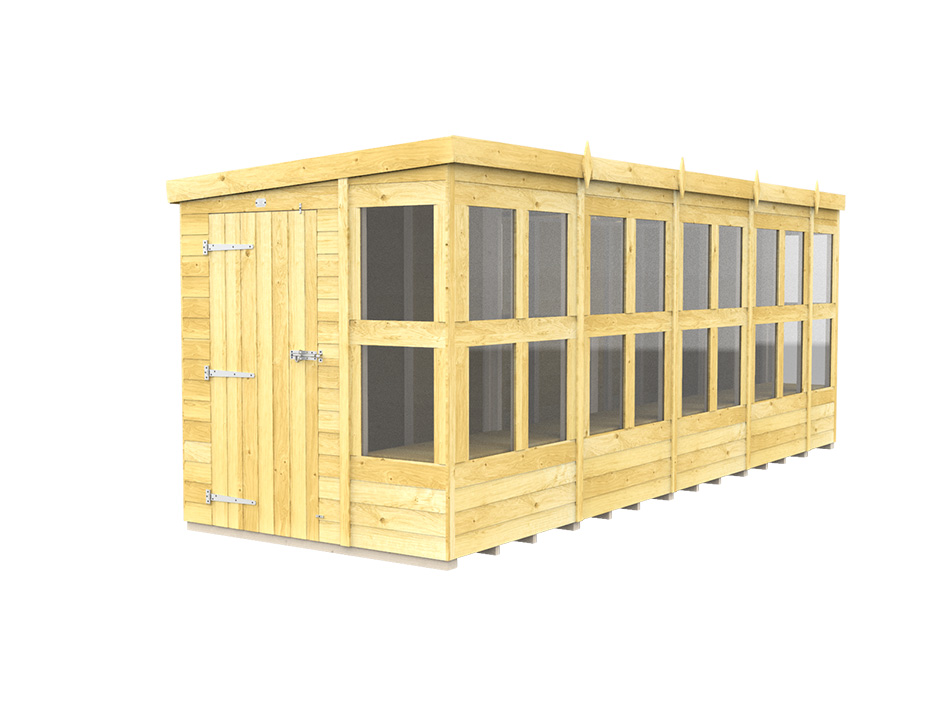The ultimate outdoor dog kennel and run. For a
small fee, you take care of your pooches while we take care of the rest.
You get plenty of space to do whatever you want,
including escape-proof enclosures, so you can run off in some adventure or
explore the park with your buddies. And because our kennels are built on the
side of a mountain, they're tough enough to stand up to blizzards – even if you
do leave them outside all night long!
The best part is that we offer express FREE
nationwide delivery! Because our dog kennels have sturdy walls and roofs, they
can stand up to heavy winds and snowstorms – so you don't need to worry about
your pup being abandoned when you're busy at work or at a meeting (or out for a
walk!).
2. Dogs need ample room to run and play
When you think about dog kennel and run, the first
thing that comes to mind is a concrete, metal box with a wire mesh top and a
door. This is what most people think of when they hear the word kennel or run.
But this isn't the way it's done. There are plenty of options out there for dog
kennels and runs, so this question really doesn't matter that much in the end -
but we'll talk about it anyway.
The first thing to consider is the type of
enclosure you want (i.e., air-conditioned or heated). If you're going to house
your dog in a well-insulated enclosure, with low-humidity air circulating
through it, then you'll want to get the highest insulation possible. The second
thing to consider is how much your dog requires exercise. Some dogs will need
more exercise than others; they may require more running than some dogs will
need playing outside; or they may be less active than other dogs are. In short,
if your dog needs more exercise than any other breed, you'll want an enclosure
that offers extra space for exercise.
Some dogs do well in open spaces, but some don't do
well at all in open spaces (though again, many working breeds will do fine).
Similarly, some dogs will be comfortable socializing with other dogs without
being forced into open space – but others won't be comfortable doing so (though
again, many breeds which work great in open spaces tend not to do so when
forced out). The same goes with temperature: some breeds are better suited to
hot weather than others are – though again most breeds are comfortable both
indoors and outside at different temperatures (for different reasons).
Finally, what type of fence you choose depends on
how much room you have available for your new pup. If your yard is small enough
for your existing fence – and if you don't have an enclosed carport – then this
isn't as important as it might seem if you're looking at a large backyard full
of trees/tall grasses/bushes etc., where there's nowhere for your pup to
actually run around without getting too close to other things/people in case
she gets possessed by an evil spirit from beyond the grave…the kind of place
where people can just walk up on their porch and look over their fences!
If however, your yard covers more ground than your
existing fence does – or if you live near someone who has
3. Dogs need a safe, comfortable place to sleep
Every dog owner should have a place where they can
safely leave their pup (or, even better, a place to return to after spending
time with them). But before you get an outdoor kennel and run, there are some
things you should consider.
You want to make sure your dog has access to water
and shade. You also want to make sure that your dog doesn’t get too comfortable
in the outdoor kennel – just because it’s outside doesn’t mean it can’t get too
hot or cold.
If you don't have an area that lets your dog
off-leash, consider one of these: A large fenced yard with lots of trees and
shrubs A grassy area with plenty of space for your dogs to run A roomy house
(like a garage) with plenty of space for your dogs to play The backyards of
houses or apartments in the suburbs There are many options out there, but the
most important thing is that you visit places regularly, so that you can make
sure the environment is suitable for your dog.
Do not be fooled by some expensive backyard kennels
that claim "dog-friendly" – they might be okay for short periods as
long as people keep them inside on leash; but if someone were to sit down, eat
something and then leave the backyard unsupervised for an hour or two
(especially if it was hot outside), all bets are off!
4. Dogs need a clean, dry place to relieve
themselves
Dogs need a clean, dry place to relieve themselves.
Dogs are hard on carpets, and can leave a mess that needs cleaning. They are
also not very good at recognizing their own vomit and will eat it if they are
left alone for a few minutes. The best solution is to buy an outdoor dog kennel
or run with a pad so that your dog can relieve itself in the open air.
If you have access to an empty lot or yard, this
will be ideal, but if not you may need to build some sort of enclosure for your
pet where they can do its business. It will be worth getting an inexpensive
plastic or aluminum tent so that you can overlap the cover of your dog kennel
or run with something more permanent (like a blanket on the ground) so that it
is less likely to get wet and (hopefully) muddy.
If you know of anyone who has one of these, please
let me know!
5. Dogs need attention from their owners
Dogs need lots of attention, but they also like to
keep busy too. That's why many people buy their dogs an outdoor dog kennel and
run. These are simply structures where the dog can go outside and run around
with other dogs (and other humans). They have a stable top so the dog can't
fall or get himself in trouble and they are equipped with squeaky doorbells so
you can signal them when you're home. This is a great way to give your dog some
exercise and socialization outside, as well as keep him (and you!) safe from
other dogs that might be out for a walk at the same time.
All dogs should get regular exercise – even those
who are more active indoors! But outdoors is where it's at for most dogs,
especially if they live in a rural area (especially the really cold winter
months when snow covers everything). In fact, some people call these exercises
"puppy-like play" – because it’s really great fun for both you and
your pup!
So what should you look for in an outdoor dog
kennel? Here are some important things to consider:
• Location - Most dog kennels are placed on the property
away from neighbors or on a nearby road. If you live on a busy road there may
be loud traffic noise which could be bothersome. On property, this noise can be
drowned out by trees or shrubs that provide shade or privacy. Also consider
whether your yard is large enough to accommodate a larger shelter
("tent-style" enclosure). You definitely don't want your dog getting
into trouble when someone walks by while he's running around outside!
• Size - When purchasing an outdoor dog kennel,
consider how big it will be and whether it will fit comfortably inside your
home. Think about how much space you want to leave between the doorway and
doorbell so that other family members aren't disturbed when your pup runs out
and meets his friends outside. Also, think about how high up the structure must
go if there is going to be any room between it and the ground – typically this
means at least two levels of equipment if not three or more levels (in addition
to all of the ground floor above!). Think about how much space is necessary for
all of this equipment together – will this take up too much room? And do you
want all of this equipment within just one room?
A dog's first instinct is to run to its owner when
they hear the sound of a human voice, but dogs also need time outside to
develop their social skills. In an outdoor kennel or run, dogs can have fun and
meet new people, which can improve a dog's social skills.
After running for several weeks, the pups can be
introduced to other dogs at home and eventually be taken into their own home
environment. This will be their primary home from then on and they may never
return to the indoor kennel again.
Or, you could take your puppy out in a run in order
to develop agility and coordination as well as giving your pooch some exercise
without having to worry about where you'll take them next.
Not only does this type of play help with
socialization for both you and your pup, it has been shown that outdoor play
promotes mental health in older dogs with anxiety issues. It is also very
important when introducing puppies into an outdoor environment since they are
not used to being outside on their own until later in life.
It seems that when it comes down to it – whether
you're bringing a pup home or taking them out for weekly runs – both options
benefit your dog’s wellbeing. Of course, if your pup has a medical condition
(such as arthritis) or is afraid of the outdoors, it’s best if you consult your
veterinarian before bringing him/her into an outdoor environment.
